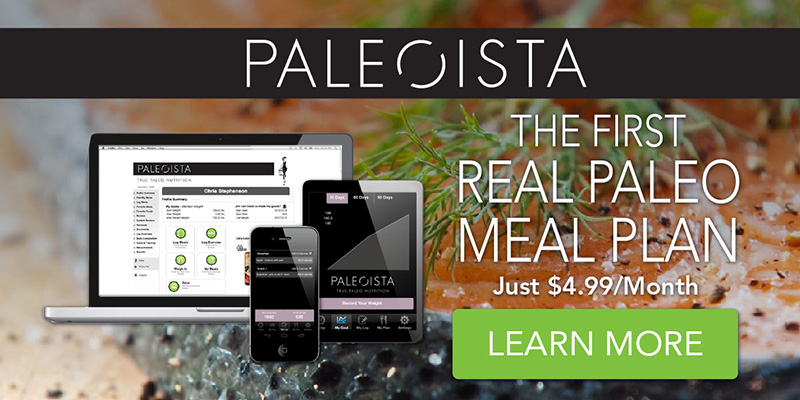5 Tips to Starting and Sticking to Paleo On A Budget
“I’d love to try Paleo, but it’s just too expensive.”
How often have you heard this remark? Granted, the first time you go to the farmer’s market or organic grocer, armed with a shopping list of grass fed meats, wild fish and copious amounts of veggies it can seem costly, especially if your routine was a monthly trip to the grocery store to stock up on frozen dinners, boxes of mac and cheese, and toilet paper!
But does this mean anyone with a limited budget has to shrug their shoulders and keep eating a diet of a lower nutrient quality? Not at all! All it takes is a little creativity, planning and forethought and Paleo can work within all types of economic parameters.
For example, I worked with a client who recently graduated from college and was struggling to balance paying off loans, balancing her checkbook down to the penny to make ends meet, while she covered rent, car payments…and, oh, yes, food! While dry-aged filet mignon at $35.99/pound at her local butcher wasn’t going to fit into a weekly protein option, the grass-fed flank, weighing in at less than a third of the cost did.
You do not need to have a lofty income to eat healthy. By implementing my five tips to starting and sticking to Paleo on a budget, you’ll be on your path to optimal wellness.
- BE CREATIVE
Did you find an amazing salsa recipe to serve with Wild Alaskan King Salmon, but then realize the pretty penny would only have afforded you a piece too small for even one full serving? All is not lost; simply see what wild fish is available from a local source at a better cost.
- BUY IN BULK
Using the example above, if you were to find a budget-friendly option, the added bonus is buying more fish than you need, portion it out once you get home and then freeze it to use later. Other foods that fall into this category are grass-fed meats or pasture-raised poultry and pork.
- GROW IT YOURSELF
With the current growth in the DIY (do-it-yourself) space, why not apply the same principle to veggies? You can’t get more frugal than starting a veggie and/or herb garden from a packet of seeds and, you can’t beat produce that has only traveled the extremely short distance from your yard to your kitchen! Urban gardener? No sweat! Grow the herbs you need and pick them fresh for cooking or dry and store for later use.
- GET YOUR COMMUNITY INVOLVED
If you start a garden, perhaps a neighbor has chickens and may be willing to swap eggs for veggies. While it may sound a bit old-fashioned at first, becoming more self-sufficient and supporting one another in a community setting is a win-win situation for all of us to start eating healthy.
- SEE THE BIG PICTURE, DO YOUR SMALL PART
Whether you’ve seen films like Food Inc. or similar documentaries that highlight the struggle millions of people face on a daily basis, a sad truth remains. Due in part to education, perhaps, part to misinformation provided by the USDA in terms of what a healthy diet consists of and largely due to the very simple business model of supply and demand, the Monsantos and McDonalds of the world provide very low cost ‘food.’ And this ‘food,’ if we still can call it that, is in high demand, so supply is endless.
Unless demand goes down, supply won’t falter. While those in a compromised economic situations may have little to no wiggle room to avoid buying into these products, anyone with the means can make a huge difference by doing one thing: stop buying these food by-products. Hitting ‘em where it hurts, in the wallet, is likely the only recourse we have in order to make an impact.
Leading by example, helping to educate when you can and doing your part is a viable means of bringing a healthy eating model, like a True Paleo diet, to each and every one of us, budget aside.
We should all have access to real, fresh food, after all- it’s a basic human need!






